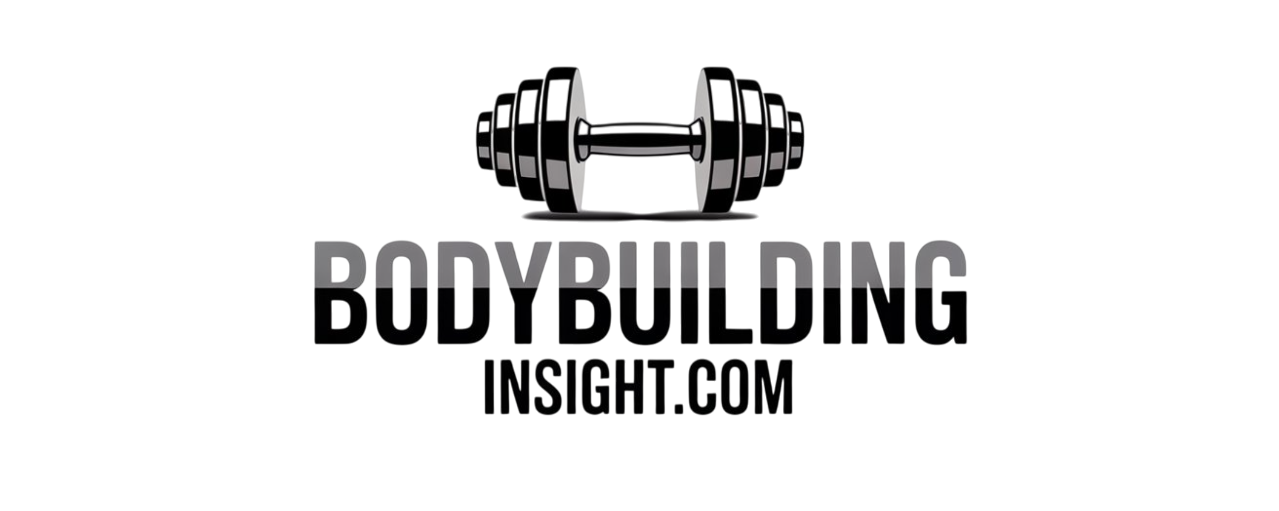Mastering Muscle Growth: The Ultimate Hypertrophy Periodization Plan
Introduction
Building muscle is equal parts art and science — and the science is crystal clear: if you want sustainable, long-term muscle growth, you need structure. Random workouts performed without a clear strategy may yield short bursts of progress, but they inevitably lead to plateaus and frustration. The solution? A disciplined, evidence-based hypertrophy periodization plan. This approach combines the principles of muscle growth with strategic phases of training, ensuring that every rep, set, and week in the gym is working toward your ultimate physique goals.

Understanding Hypertrophy and Periodization
Muscle hypertrophy refers to the enlargement of muscle fibers through consistent, targeted strength training. Mechanical tension, metabolic stress, and muscle damage collectively drive the adaptation process, leading to increased muscle size. To engineer this growth efficiently, we implement periodization — a systematic approach that manipulates training variables across defined cycles. This not only optimizes gains but also prevents overtraining, allowing for consistent progression over months or years.

Periodization transforms training from a random sequence into a purposeful journey, integrating progressive overload with planned recovery phases to maximize muscle adaptation.
Exploring Periodization Models for Hypertrophy
Two widely used models dominate the hypertrophy landscape: linear periodization and undulating periodization.

- Linear Periodization (LP): Progressively increases intensity over weeks or months. You might start with high-volume, moderate-intensity work to focus on muscle building before transitioning to heavier, lower-volume phases for strength. The drawback? Spending long stretches in non-hypertrophy phases risks losing gains.
- Undulating Periodization (UP): Alternates intensity and volume more frequently, often within the same week. For example, one day might focus on classic hypertrophy rep ranges (8-12 reps), while another uses heavier loads for lower reps. Research suggests this may provide superior hypertrophic effects due to frequent exposure to growth-focused training stimuli.
Choosing between LP and UP depends on training experience, recovery capacity, and specific goals, but both share the common thread of structured variation to maintain adaptation stimuli.
Designing Your Personalized Hypertrophy Periodization Plan
Creating a tailored plan means aligning proven scientific principles with your individual needs. A periodized training program usually consists of macrocycles (annual training plan), mesocycles (4–8 week phases), and microcycles (weekly schedules). Here’s how to structure one for muscle growth:
- Phase 1 – High Volume Focus: Train with 4–6 sets per exercise, 8–12 reps, moderate loads (65–75% 1RM). Rest periods: 60–90 seconds. The priority here is time under tension and metabolic stress.
- Phase 2 – Intensification: Increase load to 75–85% 1RM, lower volume to 3–5 sets, 6–8 reps. This converts hypertrophy gains into usable strength, supporting higher volume in future phases.
- Daily Undulation Option: For advanced lifters, alternate between hypertrophy, strength, and power-focused days within the same week to keep the stimulus diversified.
- Recovery & Active Rest: Plan deload weeks every 4–8 weeks, dropping volume by 40–50% while maintaining load to allow the nervous system to recover.
Key variables to manipulate include sets, reps, load, rest intervals, and exercise selection. Use a mix of compound lifts for maximum muscle fiber recruitment and isolation work to target lagging muscles.
Monitoring Progress and Making Adjustments
Tracking progress is non-negotiable. Monitor changes in strength, muscle circumference measurements, and visual physique updates. If your lifts stagnate or recovery feels compromised, adjust volume or intensity. Periodization thrives on adaptation — both for muscles and your plan. Advanced athletes should cycle in varied rep tempos and alter training splits to reignite growth when plateaus occur.
- Use RPE (Rate of Perceived Exertion) to gauge effort in real time.
- Keep a workout log detailing sets, reps, and load.
- Review progress every mesocycle and make intentional changes.
Common Mistakes and How to Avoid Them
- Ignoring Recovery: Overtraining without planned rest phases leads to regression. Schedule deload weeks proactively.
- Constantly Switching Programs: Stay committed to a plan for at least one mesocycle before making major adjustments.
- Neglecting Compound Movements: Isolation work alone won’t maximize hypertrophy; compound lifts build the foundation.
- Mismanaging Volume Progression: Too much too soon spikes injury risk; increase workload gradually.
- Failing to Track Data: Without objective metrics, you’re guessing — and guesswork is the enemy of discipline.
Frequently Asked Questions (FAQ)
What is the best periodization model for hypertrophy?
For most intermediate to advanced lifters, undulating periodization yields superior results due to frequent hypertrophy-specific stimuli. Beginners often find success with simpler linear progression models.
How long should a hypertrophy periodization cycle last?
Typically 4–8 weeks per mesocycle, with an annual macrocycle providing overall structure.
What rep ranges are best for hypertrophy periodization?
Most hypertrophy work falls within 6–12 reps, with an emphasis on reaching near-failure at an RPE of 8–9.
How often should you deload in a hypertrophy program?
Every 4–8 weeks, depending on recovery, training age, and intensity.
What is the difference between linear and undulating periodization for muscle growth?
Linear gradually increases intensity over time, while undulating varies intensity and volume within shorter cycles, often weekly.
How do you structure training volume in a hypertrophy periodization plan?
Start higher in early mesocycles, then taper volume as intensity rises before deloading.
When should you change exercises in a periodized hypertrophy program?
At the start of a new mesocycle, or sooner if pain, stagnation, or form breakdown occur.
How important is periodization for natural muscle building?
Critical. Without structured progression, natural athletes risk stagnation and burnout.
Conclusion: Building Your Best Physique Ever
A science-based hypertrophy periodization plan is your blueprint for long-term success in bodybuilding. By manipulating training variables with purpose, you can maximize muscle growth, maintain steady progress, and avoid many common pitfalls. Remember — strength through science, results through discipline. Respect the process, track your progress, and commit to a plan long enough to let it work. Do this, and your best physique isn’t just possible; it’s inevitable.







